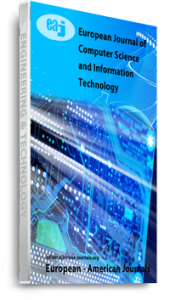This article presents a novel AI-augmented system for optimizing energy consumption in telecom-based cloud data centers while maintaining strict service level agreements. The article uniquely combines advanced time-series forecasting techniques with reinforcement learning to predict computational workloads and dynamically allocate resources in alignment with renewable energy availability. Unlike previous solutions that focus solely on hardware efficiency or isolated subsystems, the article provides comprehensive optimization across distributed telecom infrastructure, addressing the industry-specific challenges of continuous availability requirements and geographically dispersed resources. The article achieves significant reductions in both energy consumption and carbon emissions through intelligent workload shifting, proactive thermal management, and adaptive resource allocation. Experimental validation across multiple deployment scenarios demonstrates that substantial environmental improvements can be achieved without compromising performance, even for latency-sensitive telecom applications. Beyond the immediate operational benefits, the article provides telecom operators with enhanced capabilities for environmental reporting, regulatory compliance, and strategic sustainability planning. This article establishes a new paradigm for telecom infrastructure management that reconciles the industry’s growing computational demands with increasingly urgent environmental imperatives, offering a pathway to more sustainable digital infrastructure.
Keywords: AI-augmented energy optimization, Renewable energy integration, carbon footprint reduction, telecom data center sustainability, workload prediction and shifting

